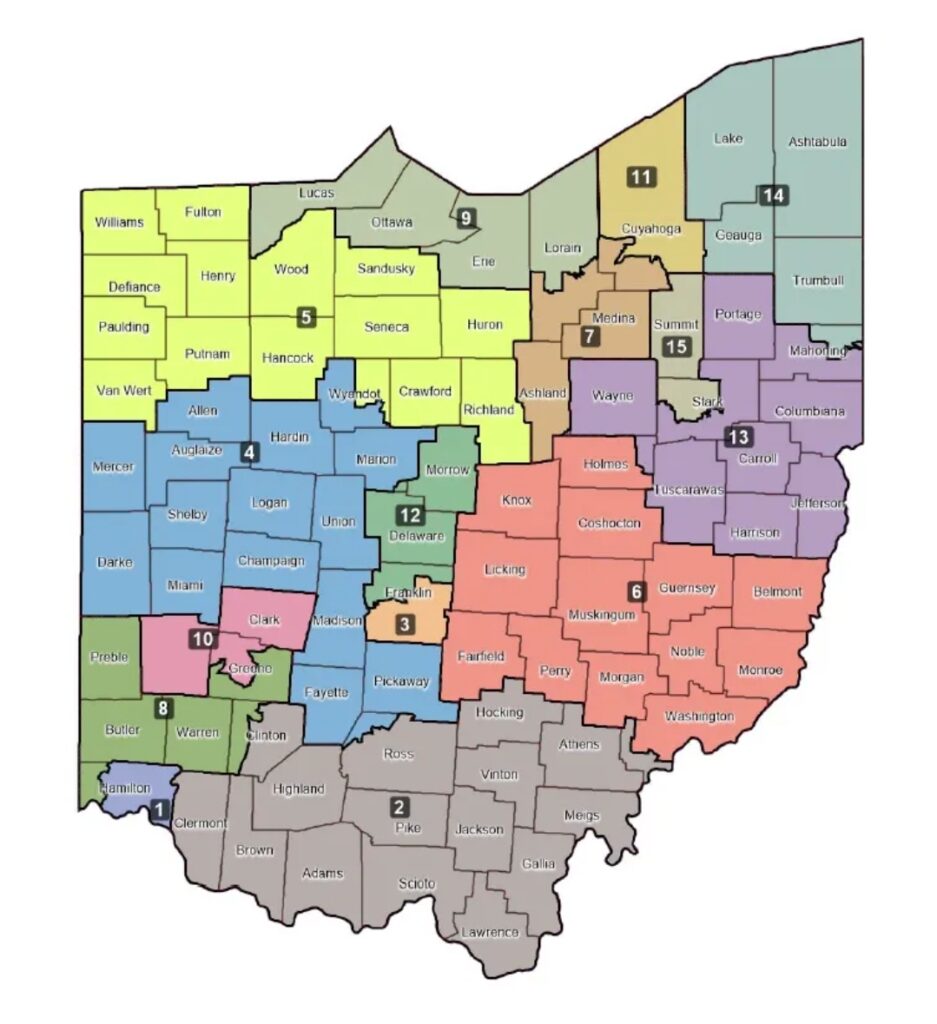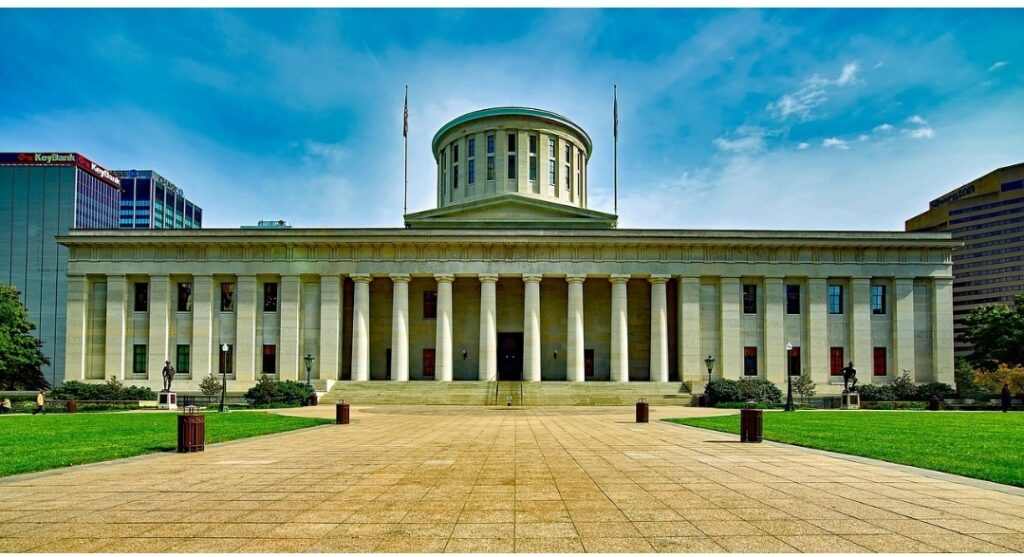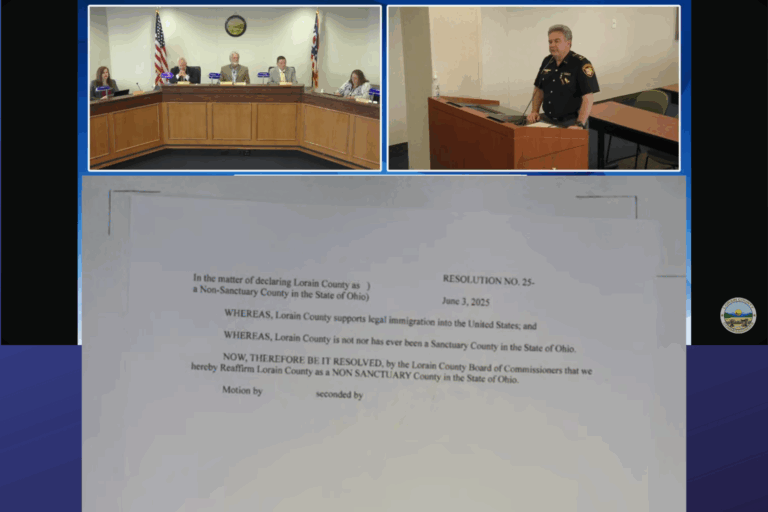
Anti-gerrymandering campaign

Gerrymandering, the manipulation of electoral district boundaries to favor a particular political party, has long been a contentious issue in American politics. In Ohio, this practice has sparked significant debate and activism, leading to a robust anti-gerrymandering campaign aimed at ensuring fair representation in the state legislature and Congress.
Background
Ohio’s political landscape has been marked by gerrymandering for decades. Following the 2010 census, the state’s congressional map was redrawn in a way that heavily favored the Republican Party, leading to a disproportionate representation in Congress compared to the statewide vote share. This imbalance has been criticized for undermining the democratic principle of fair representation.


The Campaign
In response to these concerns, various advocacy groups, such as the League of Women Voters and Common Cause Ohio, have spearheaded the anti-gerrymandering campaign. The movement gained significant momentum with the passing of two key reforms:

- Issue 1 (2015): This constitutional amendment aimed to make state legislative redistricting more bipartisan. It established a seven-member Ohio Redistricting Commission, requiring at least two minority party votes to approve new district maps.
- Issue 1 (2018): Building on the 2015 reform, this amendment targeted congressional redistricting. It mandated a more transparent process with bipartisan approval for new maps. If the commission failed to reach a bipartisan consensus, stricter criteria and public input would guide the map-making process.
Current Developments
Despite these reforms, the 2021 redistricting cycle revealed ongoing challenges. The Ohio Redistricting Commission, dominated by Republicans, faced accusations of drawing maps that still favored their party. The Ohio Supreme Court repeatedly struck down proposed maps, deeming them unconstitutional gerrymanders. This ongoing legal battle underscores the difficulty of eradicating entrenched partisan practices.

The anti-gerrymandering campaign in Ohio highlights several key issues:

- Bipartisanship Challenges: While the reforms aimed to foster bipartisanship, the political realities have made it difficult to achieve genuine cooperation. The dominant party in the commission has significant leverage, often leading to stalemates or maps that subtly maintain partisan advantages.
- Judicial Oversight: The Ohio Supreme Court has played a crucial role in checking the commission’s power, demonstrating the importance of an independent judiciary in upholding constitutional principles. However, repeated interventions also reveal the limitations of legal remedies in achieving swift and lasting solutions.
- Public Engagement: The reforms have increased public awareness and participation in the redistricting process. Advocacy groups continue to mobilize citizens, emphasizing the importance of public input in creating fair maps.

Outlook
The future of Ohio’s anti-gerrymandering campaign remains uncertain but promising. Key factors that will shape its trajectory include:


- Legislative Reforms: Further legislative action may be necessary to refine the redistricting process, such as establishing independent redistricting commissions entirely separate from political influence.
- Continued Legal Battles: Ongoing court cases will likely shape the immediate future of redistricting in Ohio. The judiciary’s stance on proposed maps will be crucial in determining the balance of power.
- Citizen Advocacy: Grassroots movements will remain vital. Sustained public pressure and education can drive meaningful change, ensuring that electoral maps reflect the true political landscape of Ohio.

The anti-gerrymandering campaign in Ohio represents a critical effort to restore fairness in the electoral process. While significant challenges remain, the combined efforts of advocacy groups, the judiciary, and engaged citizens offer hope for a more equitable and democratic future. As Ohio continues to navigate this complex issue, the state’s experience may serve as a model for other regions grappling with similar challenges in redistricting and electoral fairness.




